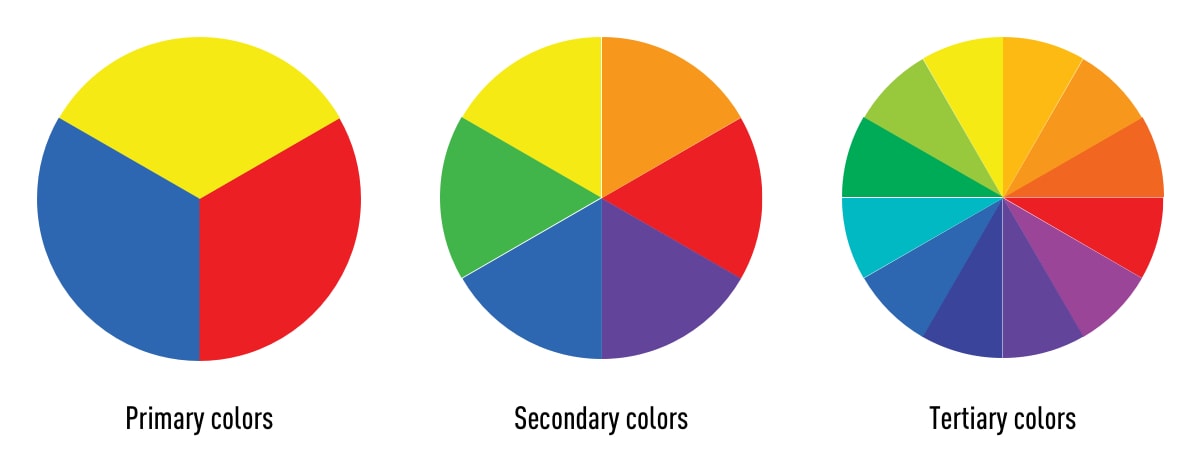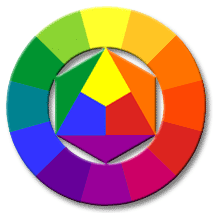

"blue" hues in visual design depends on the relative lightness and saturation of the hues. the name of the color family: red, yellow, green, cyan, blue, magenta). Īnother issue has been the tendency to describe color effects holistically or categorically, for example as a contrast between "yellow" and "blue" conceived as generic colors, when most color effects are due to contrasts on three relative attributes which define all colors: This has led to several inaccuracies in traditional color theory principles that are not always remedied in modern formulations. The foundations of pre-20th-century color theory were built around "pure" or ideal colors, characterized by different sensory experiences rather than attributes of the physical world. Subtractive color mixing (such as in a printer) From there it developed as an independent artistic tradition with only superficial reference to colorimetry and vision science. A formalization of "color theory" began in the 18th century, initially within a partisan controversy over Isaac Newton's theory of color ( Opticks, 1704) and the nature of primary colors. 1435) and the notebooks of Leonardo da Vinci (c. More modern approaches to color theory principles can be found in the writings of Leone Battista Alberti (c. 1253) discovered that contrary to the teachings of Aristotle, there are multiple color paths to get from black to white. The influence of light on color was investigated and revealed further by al-Kindi (d.

168 CE) already discussed which and how colors can be produced by mixing other colors. The understanding of color theory dates to antiquity. Color terminology based on the color wheel and its geometry separates colors into primary color, secondary color, and tertiary color. In the visual arts, color theory is the body of practical guidance for color mixing and the visual effects of a specific color combination. For other uses, see Color theory (disambiguation).


 0 kommentar(er)
0 kommentar(er)
